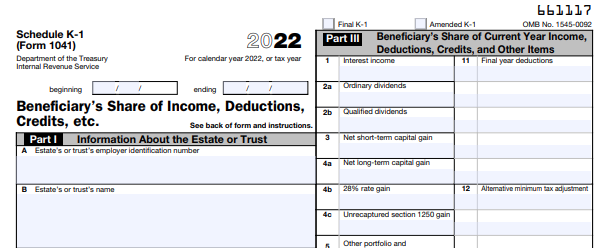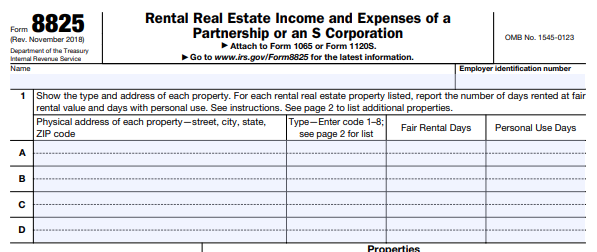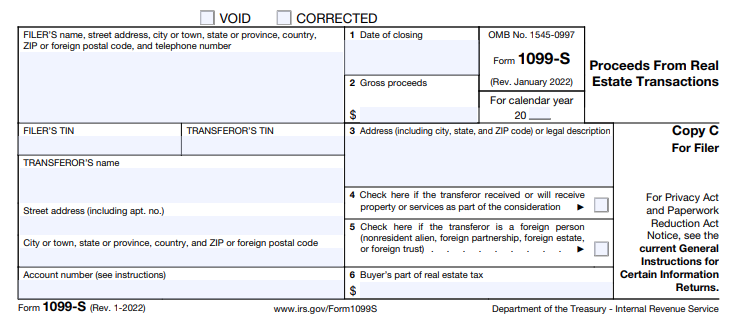If you invest in real estate and want to maximize your tax deductions, you’ve probably come across the term “materially participating real estate professional.” It’s a mouthful, but it could mean serious savings on your tax bill—if you qualify. The IRS has very specific rules about who gets this status and what it means for how your rental income and losses are treated. This post breaks it all down with real examples and actionable tips to help you understand how to make this powerful designation work for you.
What does it actually mean to be a materially participating real estate professional?
A materially participating real estate professional is someone who actively works in real estate, not just as an investor, but in a hands-on, day-to-day capacity. The IRS uses this status to determine whether your rental activities are passive (meaning you can’t deduct the losses against other income) or active/non-passive (meaning you can).
This is a big deal because rental losses are common in real estate, especially early on. If you can qualify as materially participating, you may be able to deduct those losses against your W-2 wages, freelance income, or other business profits.
Why does this status matter so much for your taxes?
The tax code splits income and losses into two categories: passive and active/non-passive. Most rental real estate is automatically considered passive, which means you can only use losses to offset other passive income. But when you’re considered a real estate professional, and you materially participate in your rentals, your losses become active/non-passive—and that opens the door to a much bigger set of deductions.
So instead of your losses sitting there unused year after year, they can actually reduce your overall tax liability.
What are the tax advantages of being a materially participating real estate professional?
The biggest perk is using real estate losses to reduce your taxable income across the board. Let’s say you made $100,000 at your day job and your rental properties generated a $30,000 loss. If you qualify, that loss could offset your day job income, bringing your taxable income down to $70,000—and reducing your tax bill accordingly.
This is especially useful if you’re investing in real estate full-time or using depreciation to create paper losses that don’t impact your cash flow but still count on your tax return.
What are the IRS rules for material participation?
The IRS has outlined seven different tests to determine whether you materially participate in an activity. You only need to meet one of them, but they can be strict. Some of the most commonly used tests include:
- You work more than 500 hours during the year in the activity.
- Your participation constitutes substantially all the participation in the activity.
- You work more than 100 hours during the year, and no one else works more hours than you.
In real estate, this often comes down to time spent managing tenants, scheduling repairs, marketing units, or doing the work yourself. Passive tasks like reviewing financials or making big-picture decisions don’t always count.
There’s also the option to group all your rental activities together to meet the test—but you’ll need to make that election on your tax return.
How do you qualify as a real estate professional for tax purposes?
To even be eligible to treat your rental activities as non-passive, you need to pass two main hurdles:
- More than 50% of your total working hours must be in real estate activities.
- You must spend at least 750 hours on real estate-related work during the year.
What counts as “real estate activities”? That can include property management, brokerage, construction, development, leasing, or even time spent handling repairs on your rentals. What doesn’t count is time spent on investment-related tasks like bookkeeping or research.
Let’s walk through an example.
Maria owns a few rental properties and works full-time as a teacher, putting in 1,800 hours a year. She spends about 400 hours managing her rentals—collecting rent, scheduling repairs, handling tenant issues. At first, she doesn’t qualify because:
- She spends more time teaching than doing real estate work.
- She doesn’t hit the 750-hour threshold.
Maria decides to cut back on her teaching job and take on more responsibilities with her rentals. She drops to 600 teaching hours and spends 800 hours managing her properties. Now, she qualifies because:
- More than half of her time is in real estate.
- She exceeds 750 hours of real estate-related work.
By making this change, she can now use real estate losses to offset her teaching income.
What records and documentation do you need to prove your status?
The IRS doesn’t just take your word for it. If you’re claiming real estate professional status, you need to keep solid documentation—especially if you’re ever audited.
That means keeping:
- A daily or weekly time log of your real estate activities
- A calendar showing appointments, work done, and hours spent
- Records that clearly show which activities you performed (and when)
Don’t wait until tax time to pull this together. Keeping track as you go makes it much easier to defend your position if the IRS ever comes knocking.
The IRS pays close attention to the material participation rules. Here are a few steps to take if you're audited:
- Review your time logs and documentation before responding to the IRS.
- Be prepared to explain the nature of your real estate work and how it meets the IRS’s definition of material participation.
- If you grouped multiple properties together to meet the material participation test, make sure you made the appropriate election on your tax return.
An audit doesn’t automatically mean something went wrong—it’s just the IRS asking for more detail. As long as your documentation is solid, you’ll be in a strong position to defend your status.
What happens if you don’t qualify?
If you can’t meet the tests, the IRS will treat your rental activities as passive. That means you’ll only be able to use real estate losses to offset passive income (like income from other rentals or limited partnerships). Any unused losses will be carried forward to future years.
This isn’t the end of the world, but it does limit your ability to lower your tax bill right now. If you’re close to qualifying, it might be worth making a few changes—like shifting more hours toward real estate—to tip the scales in your favor.
The bottom line
Becoming a materially participating real estate professional isn’t easy—but for some, it can be well worth the effort. If you’re serious about real estate investing and want to make the most of your tax strategy, it’s worth understanding the rules and tracking your hours carefully.
And if you’re not sure where you stand or how to qualify? Reach out. We help business owners and investors navigate this all the time—and we’re here to help you get it right.








